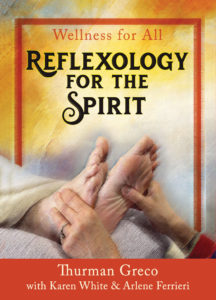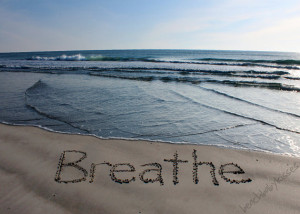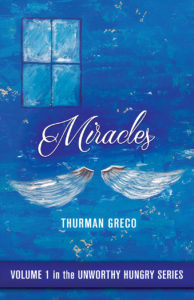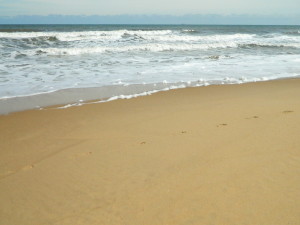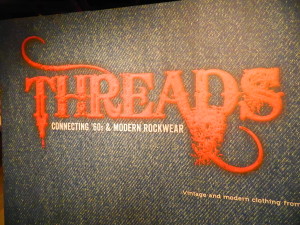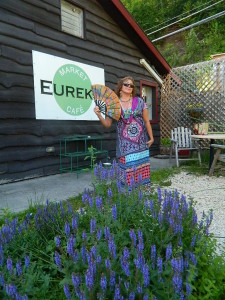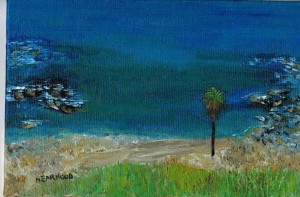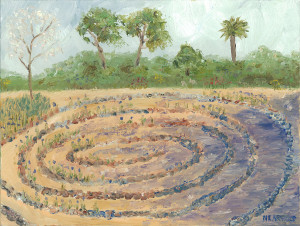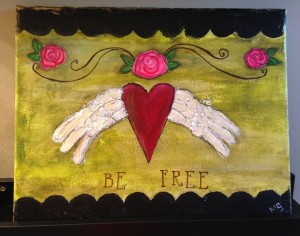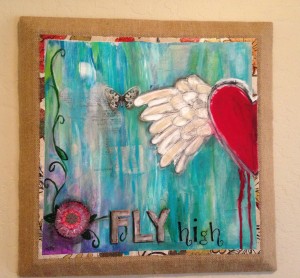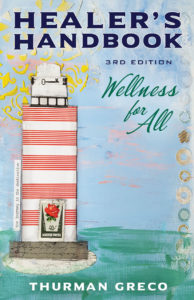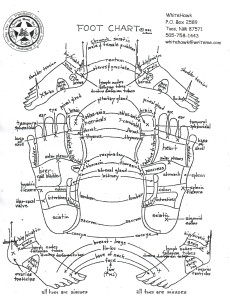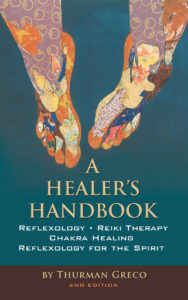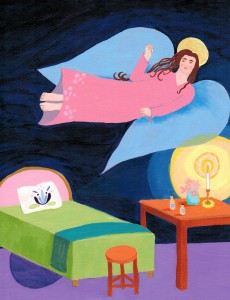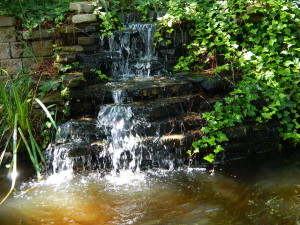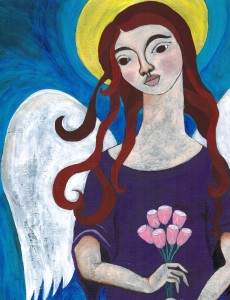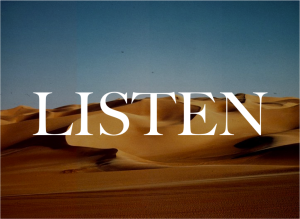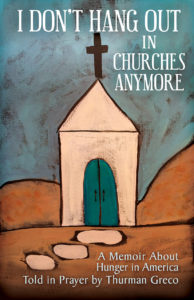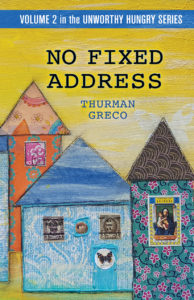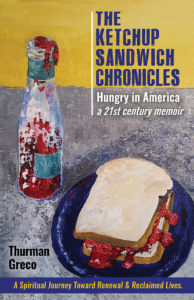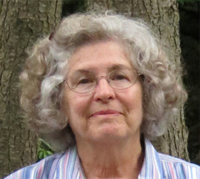Stress Busting Starts Here!
Let’s face this right now. Diets are stressful.
So is everything else when you’re dieting.
Even before you settle on the diet you’re going to adopt, find your stress busters. .
The bottom line is this: choose activities to do when you feel stressed. You don’t want to eat to combat stress.
Choose your healthy coping mechanism from dancing, gardening, journaling, meditating, puzzles, reading, singing, volunteering.
If you are a member of the right gym, you’ll be able to take advantage of stress busting activities offered. These may include yoga, zumba, spinning, and dozens of other activities.
Cultivate simple things you can do at home and at work to lift your spirits. These can include midday walks and playing relaxing music.
The idea is to have activities which don’t include munching on nuts and candies.
Walking 10,000 steps daily is a good stress reducing goal.
A weekly bodywork session can only be good for you and your diet success. Of course, I recommend reflexology, reiki therapy, or mindfulness meditation.
Your options are in the hundreds. Choose the most relaxing options for you and your lifestyle.
Two effective stress-reducing habits which can help you include keeping an appointment calendar and an ongoing to-do list.
Life is filled with small stressors which can be avoided with a calendar and a list.
For example, with a to-do list at the grocery store, you won’t leave out a key ingredient for a meal. This seems like a small enough thing but if you’re stressed already, that missing item can be the one that complicates your life.
A calendar will make sure you don’t miss an appointment. Your life can be streamlined and easier if you use it to help you shop, keep up with friends and relatives, make appointments.
In reality, you’ll lose less time because you forgot something or someone.
When you include a gym membership in the mix with the calendar and the to-do list, you’ll be much more organized. You’ll be more physically fit. Your new diet will be an easier experience.
Thanks for reading this blog post. Please refer it to your preferred social media network.
Looking forward to hearing from you.
Thurman Greco
thurmangreco@gmail.com
Use the reflexology you keep in your toolbox – Part 6
One nice thing I like about reflexology: it’s adaptable.
You don’t have to do a lot to prepare for a reflexology session. Don’t get me wrong. Your session preparation can be as elaborate as you can imagine and desire. It can include music, incense, essential oils, enfolding comforters, gentle lighting, and anything else you want to add to support your client partner.
But when the going gets tough, all you have to do is gently touch a person’s hands or feet for a few moments. Reflexology warm-ups and warm-downs are powerful. And there are few to no contraindications to touch a person.
And, a person doesn’t have to be lying by the side of the road to qualify for a gentle touch and nothing more.
Reflexology works well with other modalities. I love to add Reiki therapy and chakra healing but there are many more modalities that work fine. The choice is up to you.
On a gurney or roadside, I would certainly add Reiki but, honestly, it’s not necessary. Reflexology will do the job quite well.
Popular reflexology holds which are appropriate for gurney or roadside situations include simply holding the person’s hands or feet.
If I can’t make contact any other way, a hand placed on a shoulder can be effective.
I like to begin a session with a gentle solar plexus hold. After that, I might hold the person’s heels to offer comfort and support. Gently holding a person’s lymphatic reflexes for a minute can bring calm.
And, truthfully, Reflexology’s job is to bring about homeostasis. This happens in a session, no matter the circumstances.
At your table, reflexology will generate a different result during each session. That’s because your client is different every day on a cellular level. This daily difference produces a unique outcome at every session.
But, no matter the circumstance, reflexology is a heavy lifter in your toolbox. It will not let you down. After a session, don’t waste even a minute thinking you should have done something else or touched the person’s feet or hands another way. Your hands did the right thing at the right moment for this person.
Thanks for reading this article. Please refer it to your preferred social media network.
THANKS!
Thurman
Feel good about your feet!-Healing tools in your toolbox. – Part 4
Once you see the soles of your feet as more than just the bottoms of your feet, you find your soul. You have a better understanding of the path you travel to a deeper consciousness.
I’m a reflexologist, teacher, writer, speaker, dowser. And, whether I heal, teach, write, speak, or dowse, my intention is the same.
I want us all to become more conscious of our unique selves.
I want us all to take charge of our own healing.
I want us all to release things we don’t need anymore. This will make room for changes that are important for our current time and place.
As we journey through life, we discover things about our selves that we never knew. We rediscover things we once knew but forgot. And, finally, we see things about our selves which we may have felt weren’t important but now realize they are.
My job is to help you find your feet.
Once you see the soles of your feet as more than just the bottoms of your feet, you find your soul. You have a better understanding of the path you are traveling to a deeper consciousness.
After awhile, everything falls into place. For some, this shortens the journey. For others, it takes months or even years.
Historical references to our feet as healing conductors can be found in the Physicians’ Tomb in Saqqara, Egypt in wall paintings dating back almost to 2400 BCE.
Ancient Chinese writings describe pressure points on thumbs and toes.
The Medicine Teacher Temple in Nara, Japan has stone carvings of Buddha’s feet.
In India, Vishnu paintings highlight points corresponding to reflexology points on feet.
Ayurveda medicine incorporates foot reflexology.
When I work a person’s feet, I feel as if I’ve opened a book filled with stories, all waiting to be told. This is the Language of Your Feet.
But, many of you already know this. You practice reflexology, or some other healing modality, either as a hobby or as a profession.
But, however we describe our Reiki therapy, our healing modalities, our Yoga classes, our music, our meditations – let us never forget: These are tools to use throughout life. They exist to get us through the tough times, the crises. They “get us down the road” as my grandmother used to say.
I’m so grateful we have these tools!
Thank you for reading this article. Please share this post with your favorite social media network.
Thurman Greco
Practicing Reiki-Part 3
When I enrolled in my first Reiki therapy class, I was primarily interested in learning something I was curious about. A massage therapist, I regularly participated in continuing education programs. I liked to learn new things to use in my healing practice. Reiki therapy interested me because it was so hidden in my area.
I learned Reiki therapy was easy to use, and extremely adaptable. In short, I loved Reiki.
For the next few years, I was in a Reiki therapy class somewhere learning something at every opportunity. I liked to tell my classmates that I loved Reiki therapy classes and somehow the universe saw to it that I had enough $$$ to pay for every class I signed up for and that my car had enough gas to get me there.
But, not everyone who studies Reiki therapy is a massage therapist seeking continuing education credits for annual certification.
Whether healing professionals or not, a question in every student’s mind was “What am I going to do with my new skills?”
Reiki therapy is a keeper skill. Once you receive an attunement, it stays with you – whether or not you consciously use it. Reiki accompanies you on your life path.
Reiki helps you create your life story. Because each of us experiences a unique life journey, Reiki therapy is different and inique for each of our needs. No two people experience Reiki in the same way.
If you received a Reiki attunement 20 or 30 years ago, you still use it.
Books were few and far between when I learned Reiki. Today, Reiki books are everywhere it seems. You have the luxury of picking up any Reiki book that attracts you.
We can all thank Diane Stein for that. Diane Stein changed the game in the healing world when she wrote a memoir/expose about her career as a Reiki Master. “Essential Reiki” is probably still found in book stores and libraries today.
I have a suggestion for you if you are attuned to Reiki and are not sure what to do next:
Get yourself a spiral notebook, or bound journal, or whatever.
Get yourself an appointment book or calendar.
Call around and tell people you have learned Reiki therapy and are doing your clinicals. Schedule 100 sessions.
Include your hairdresser, neighbors, friends and anyone else who might take you up on your offer. Find five people with health issues. This can include things like MS, headaches, allergies, low thyroid, cancer.
These five people will receive five Reiki sessions as close together as you can schedule them.
Everyone else receives one or two sessions.
Record each session in your Reiki journal. Include the person’s name, address, contact information, and a short description about the session.
At the end of these 100 sessions, you will have learned much about Reiki, yourself, healing, and life.
Join or start a Reiki circle. In a Reiki circle, you’ll meet new people and share Reiki on a regular basis.
But, what if you don’t want to do any of these things?
Your new-found Reiki therapy skills are with you – assisting you throughout each day. You carry the Reiki energy with you every where you go on your life journey.
How cool is that?
Thank you for reading this article. Please refer it to your favorite social media network.
Thurman Greco
Reiki – Is it in your toolbox? – Part 1
In these stressful times, we all need a toolbox because we’re all healers. And, we never know when we might need to use our healing tools.
Reiki is a basic healing tool that works almost anywhere, anytime.
Many of you reading this blog use Reiki. But, many don’t. Reiki was the basic skill which put me on my healing path. That’s not to say that I wasn’t healing. I’d been a massage therapist since the 1980’s. But, there’s a difference.
Before Reiki and after Reiki.
I’ll never forget the first time I heard the word: Reiki.
I was at a weekend continuing education class in Clinton, New York, at a place called Spring Farm CARES. There were about two dozen students in the class. As we each introduced ourselves to the group, every student, except me, mentioned Reiki. They were all either Reiki practitioners, Reiki Masters, or Reiki Master Teachers.
I had no idea what that was. But, as I returned to my home in the Washington, D.C. metro area on Sunday, I decided to learn about Reiki. Reiki, at that time, was not mentioned much in my area. To be perfectly honest, it wasn’t mentioned at all. I called around.
I eventually found two friends who practiced Reiki. One of them, a massage therapist, was a Reiki Master Teacher for years and never shared her secret. The other friend studied Reiki but wasn’t using it because she believed that it healed people whether or not they wanted to be healed.
I found Mary Ruth Van Landingham in Vienna, Va. She had a shop, Terra Christa, with a classroom in a building behind the store. I learned nine different kinds of Reiki in that little building behind Terra Christa. She taught most of them.
At that time, there were few to no books about Reiki. Mary Ruth’s classes were filled with handouts. Now, when I teach Reiki, I offer handouts and encourage students to read any Reiki book that attracts them. Book stores everywhere carry several titles. Overall, there are hundreds to choose from.
I spent a good bit of the next two years studying in the little classroom nestled behind the store. Mary Ruth invited other trainers to give classes. I studied under Tom Rigler, Rev. Dan Chesbro, and many others before I finally moved to New York State.
“Reiki is a light touch offered to a clothed body.” is the definition Pamela Miles offered at a class at the New York Open Center.
Over the years, I learned that everyone who practices Reiki describes it differently. I invite my students to define the Reiki experience. Everyone has a different description and definition.
The word Reiki means Universal Life Force Energy. Practitioners refer to Dr. Mikao Usui, the man who brought Reiki into the 20th century. He practiced in Japan prior to World War II.
Other prominent Reiki teachers during this time include Mrs. Hawaya Takata, and Dr. Hayashi.
I like to include Frank Arjava Petter who, at the end of the 20th century, wrote a Reiki handbook “The Original Reiki Handbook of Dr. Mikao Usui.”
Reiki works on the physical level when the practitioner uses her warm hands.
The Reiki symbols work on the mental level.
Emotionally, Reiki sessions bring peace and calm.
The Reiki practitioner as well as the session itself, offer healing which impacts the energetic body.
But, beyond working on the different levels of a person, Reiki heals without judging. The healing energy of Reiki doesn’t care whether a person is religious or spiritual or not. The healing path of a person receiving or giving Reiki is nondenominational, positive, accepting.
Reiki heals.
Reiki never makes exceptions because of one’s beliefs, health condition, situation in time, lifestyle.
Reiki doesn’t ask about one’s religious or spiritual beliefs. Reiki never cares whether a person is Buddhist, Christian, Jewish, Muslim, Hindu…or anything else.
I have an invocation which I use often when offering Reiki to someone. It’s not original with me. And, I’ve used this prayer often for many years. I offer an apology here. I don’t know where it came from.
Whatever or wherever its origin, I send gratitude to the writer of this prayer. (Maybe, after reading this blog post, someone will know where it originated and share the information with me.):
I call upon the essence of the Healing Buddha and the Master Spirits of Reiki.
(At this point, I include any and all names that seem appropriate. I may include Jesus, St. Michael, St. Anthony).
I ask that my hands and heart be illuminated by the light of your unconditional love. I ask that this session proceed for ………………’s highest good. Amen
When I’m offering Lightarian Reiki, I go a step further. I include a request to seal the room in the prayer.
Reiki accepts.
Reiki does not ask that you give up anything in order to use its energy. Mary Ruth Van Landingham was a practicing Catholic. My friend Kathy is a devout Episcopalian. I teach Reiki to people of all faiths.
Reiki sets no one’s beliefs aside.
Thank you for reading this article. Please refer it to your preferred social media network.
Please join me for part two of this series of posts about Reiki.
Thurman Greco
Guided Meditations get you to the next level in your sessions.
I learned about guided meditations in Mary Ruth Van Landingham’s classes at Terra Christa in Vienna, Virginia. She always included a guided meditation as part of each learning experience.
When Rev. Dan Chesbro taught a class at Terra Christa, he always included a guided meditation. Looking back on his sessions, I see now they were guided meditations in and of themselves.
I bought three books at Terra Christa: “Meditations for Awakening”, “Meditations for Transformation”, and “Meditations for Healing” by Larry Moen. These books became part of every work day, whether I was teaching or healing.
The influence of these books on my career was significant.
As a matter of fact, I wore out the Awakening book and had to buy another to replace it. The other two need to be replaced now.
I’ve bought other guided meditation how-to books over the years.
Two that stand out include “Guided Imagery for Groups” by Andrew E. Schwartz and “Himalayan Salt Crystal Lamps for Healing, Harmony, and Purification” by Clemence Lefevre. I’m including them in this list because they are interesting and helpful. Each book shows how different and honest guided meditations can be.
These 2 books each have a different approach to guided meditations. Through the years, even though I wore out the Larry Moen books, it was important to me to expand my boundaries and use different information. That’s how I learned.
Somehow, my learning path included one short class about writing my own guided meditations. I took an End-of-Life Class at the New York Open Center. Henry Fersco-Weiss taught this class over a weekend. He included a short instruction about creating a guided meditation. It was all I needed.
I knew after that short segment that I could do this on my own. Even though I’ve written many guided meditations, I always return to Larry Moen’s books. Specifically, I like to select “Lagoon” on page 20 of “Meditations for Awakening.” I always go to this meditation in my Reiki 1 classes.
But, when you get into guided meditations, the choices are many.
I hope you’ll be motivated to incorporate guided meditations at every opportunity.
Thanks for reading this article.
Please refer it to your preferred social media network.
Thurman
